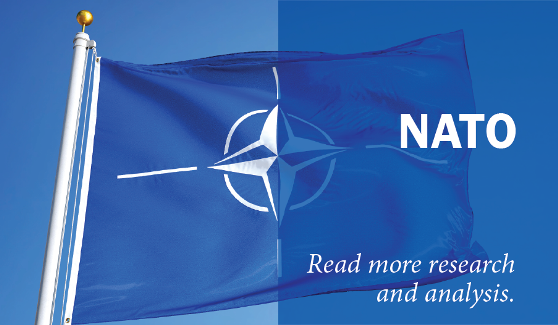Getting Beyond Minsk: Toward a Resolution of the Conflict in Ukraine
Photo credit: dimbar76 / Shutterstock.com
 The military conflict between Ukraine and Russia remains unresolved. The Minsk diplomatic process, which will be three years old in September 2017, committed Russia to a withdrawal of military forces from the Donbas region and committed Ukraine to constitutional reform and providing special status for the Donbas. The first step of Minsk, a ceasefire, has never fully gone into effect, and the situation is currently drifting toward a frozen conflict or a renewal of hostilities between Ukraine and Russia.
The military conflict between Ukraine and Russia remains unresolved. The Minsk diplomatic process, which will be three years old in September 2017, committed Russia to a withdrawal of military forces from the Donbas region and committed Ukraine to constitutional reform and providing special status for the Donbas. The first step of Minsk, a ceasefire, has never fully gone into effect, and the situation is currently drifting toward a frozen conflict or a renewal of hostilities between Ukraine and Russia.
This paper argues that the Trump administration should make a renewed diplomatic push in the direction of resolving this conflict. It should begin by assessing where each of the major actors — the Ukrainians, the Russians, and the European Union, represented in the process by France and Germany — stands in the summer of 2017. The Trump administration should then use its convening power to address, in concert with these actors, two of the main sticking points that have constrained progress on Minsk: a disagreement on sequencing that derives from the obscurely worded documents signed in Minsk in September 2014 and in February 2015, and the neglect of the December 2015 deadline for Minsk implementation that was missed and has never been reformulated.
The involved parties should be led to agree on a clear sequencing of actions and to a definite timeframe for taking these actions. A December 2017 deadline would be ideal. Incentives and penalties can be woven into this new round of diplomacy. The stakes are high. In the event of failure, Europe’s eastern borders will remain a zone of conflict and instability. In the event of diplomatic progress, Ukraine will be freed to focus on its reform agenda, and a foundation will have been laid for improving the U.S.–Russian relationship.
